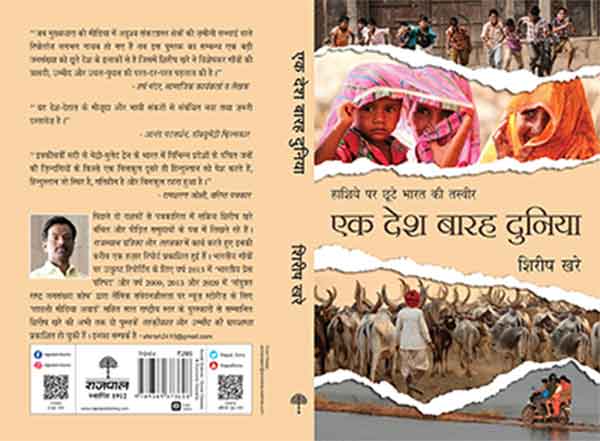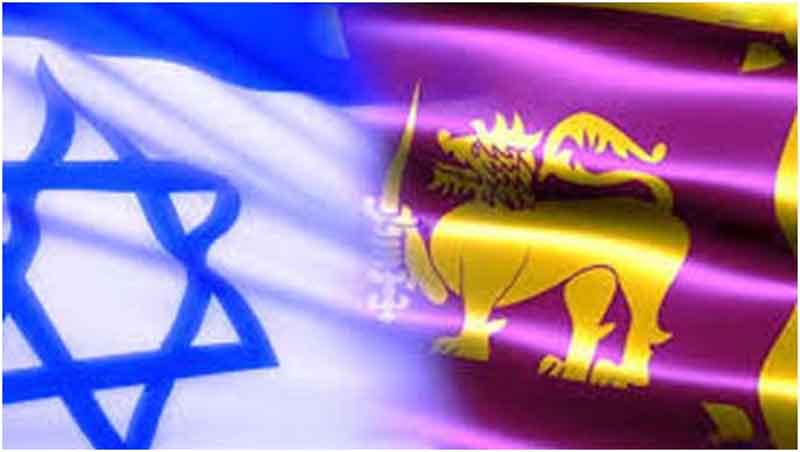
India was ready for change with liberalisation and globalization. As the then Finance Minister Dr. Manmohan Singh had said in his historic budget speech, the country needed a comprehensive fiscal adjustment, but the poor would also have to be saved from it.
On July 25, 1991, an editorial article in ‘The Hindu’ had called it ‘sparing the poor’. At the same time a journalist for ‘The Times of India’ was reporting continuously from the poorest districts of India like Godda, Alirajpur, Kalahandi, Koraput, Malkangiri, Nuapada, Palamu, Pudukottai, Ramanathapuram and Sarguja. His accounts were a ‘Reality Check’ for the newspaper’s ‘Urban Section!
Shirish Khare’s ‘Ek Desh Barah Duniya’ or ‘One Country Twelve Worlds’ – presenting the picture of a marginalized India – is a book from the Palagummi Sainath School of Journalism! The reporting period is the 2010s. It has rural India, marginalized, tribal, nomadic tribes, women’s struggle against patriarchy and society, forest, water, land, displacement, schools. And all this with the constant presence of the author himself registering on the reader for a long time.
The author writes in the foreword, “the real faces of ordinary Indians hidden in the vast heap of statistical data are not visible”. He then proceeds to describe the real map of faces from his own experiences.
Geographically, a huge section of this book is reportage from mainly Maharashtra, Gujarat, Madhya Pradesh, Chhattisgarh, Rajasthan. But, the writing style is in the form of memoir. Thee storytelling itself is in the present tense. The tone is like a diary entry. This takes the book into a sort of ‘category confusion’. Reportage, by definition, is about what has been seen by the eyes, but if the presence of the author is also recorded in detail, then it can also be read a from a different point of view.
For example- Sainath writing from Godda, Alirajpur and Nandpur (Koraput) when he talks about primary schools, he is not present in the articles. When Khare talks about the school from Mahadev Basti (Dist. Osmanabad, Maharashtra), the reader can see him standing there. Is this difference only a matter of ‘method’? Or is this a sign that still needs to be understood. Should the narrative be flat, hurtful, or emotional? Or is it all of these? What gets more space among them? The one whose story is told or the one who is telling the story?
Khare has brought out twelve such reports. There are twelve challenges presented in them – to humanity and to our society. The first article ‘He died yesterday’ tells the story of malnutrition from Melghat in Maharashtra. When Kaluram, the writer’s co-traveller and a local resident, tells him to “return home now”, the reader wants to know, “Where is home?” The reader has plenty of color in his own world. What would he do with the ‘black and white’ picture of the lush green forests brought from the field? The reader has also been reading the story of Melghat in ‘The Indian Express’ and ‘Newslaundry’. Then what’s new in this story? This is where Khare scores a true victory. The reiteration of this story. Written in Hindi. To find a new community of readers for these issues. Taking you through the rocky roads of Melghat to absorb in its geography.
Tigers are free in Melghat and the tribals live in cages, and in Mumbai also ‘life in cages’ is a reality. In Kamathipura, Bela is introduced. The story of Kamathipura, once a ‘comfort zone’, is now told through the closure and opening of its streets. At the same time, with the help of Bhura Gaikwad, we have been told the condition of the nomadic tribes in Kanadi Budruk (Maharashtra). The story then continues to a new chapter to another nomadic community in the town of Ashti (Maharashtra).
If the issue in Melghat was of displacement, then it is also the same in Surat. Each chapter is a story, a fact, a literature as well as a social science. Khare, in particular, has a great respect for the social and geographical boundaries of his narrative.
Another letter has come from the village. She says that I am also ‘Bharat’, who is asking the address of ‘New India’. Why don’t people like Khare, fighters like Sainath get tired? Why do they bring such news which discolors the broadsheet of the newspaper? Why do these people keep pouring water on the fire of ‘breaking news’ spouted by our news anchors and anchors?
Why should we, who have become commentators, care about some Bela, Meena Khalko, or that blunt mother who tells about the death of her child with the same impetuosity as we name our favourite IPL team in cricket? Sainath’s book has wielded his words like many batons. Khare’s accounts are more literary. Let us buy his book and encourage those who write on such issues. That much can surely be done.
Book Review: One Country Twelve Worlds
Author Shirish Khare
Non-fiction, Reportage (Society & Culture)
Rajpal Publications, New Delhi
Pages-208















































